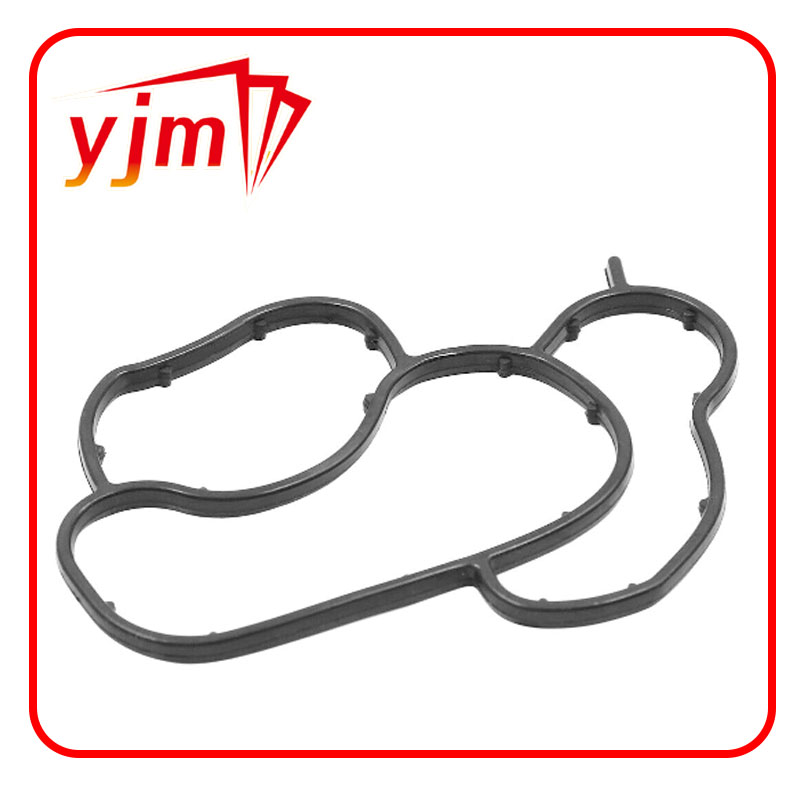drive axle oil
Drive Axle Oil Essential for Vehicle Performance
Drive axle oil is a crucial component in the overall functionality of a vehicle's drivetrain. As a lubricant for the drive axle assembly, which includes differentials and axle bearings, it plays a significant role in ensuring a smooth and efficient transfer of power from the engine to the wheels. Understanding drive axle oil, its importance, and the signs of degradation can help vehicle owners maintain their cars in optimal condition.
What is Drive Axle Oil?
Drive axle oil, also known as differential oil or gear oil, is specifically formulated to withstand the high-pressure, high-temperature environment found in drive axles. This oil is typically thicker than standard motor oil and contains additives that enhance its performance, such as anti-wear agents, antioxidants, and corrosion inhibitors. The viscosity of drive axle oil is crucial; it needs to remain effective under both low and high temperatures to ensure reliable lubrication.
Importance of Drive Axle Oil
The primary function of drive axle oil is to reduce friction between the moving parts within the axle assembly. By creating a lubricating film, it helps to minimize wear and tear, extending the life of the components and improving reliability. Proper lubrication also contributes to better heat dissipation, preventing overheating that can lead to mechanical failures.
Moreover, drive axle oil plays a vital role in protecting the interior surfaces from corrosion caused by moisture and contaminants. As vehicles age, these contaminants can accumulate, gradually degrading the quality of the oil. If not changed regularly, the oil's ability to lubricate effectively can diminish, resulting in increased friction, heat, and noise, ultimately leading to system failure.
drive axle oil

Signs of Degradation
To maintain the integrity of the driveline, regular inspection of drive axle oil is essential. Over time, the oil can become contaminated with debris, dirt, and metal shavings from worn components. Here are some indicators that the drive axle oil may need to be replaced
1. Change in Color and Consistency Fresh drive axle oil typically has a clear, amber hue. If it appears dark or muddy, it's time for a change. 2. Unusual Noises If you start to hear grinding, whining, or clunking sounds from the differential or axle, it may indicate reduced lubrication due to degraded oil.
3. Leaking Oil Any sign of oil leaks around the axle seals or differential can point to potential issues that may affect lubrication efficiency.
4. Increased Heat A noticeable increase in operating temperature can signal inadequate lubrication, often due to old or contaminated oil.
Conclusion
Ensuring the health of drive axle oil is a key aspect of vehicle maintenance that should not be overlooked. Regular checks and timely replacements can save vehicle owners from costly repairs and enhance the overall performance of their cars. As a general guideline, it’s advisable to consult the vehicle’s owner manual for specific recommendations regarding the frequency of oil changes and the type of oil best suited for the vehicle. In doing so, drivers can ensure they maintain a safe and reliable driving experience.
-
The Ultimate Guide to Car Repair Kits: Tools and Essentials Every Driver Should Own
News Aug.01,2025
-
The Complete Guide to Oil Pan Gaskets: Sealing Engine Leaks the Right Way
News Aug.01,2025
-
Preventing Oil Leaks: A Complete Guide to Oil Pan Gaskets and Drain Seals
News Aug.01,2025
-
Everything You Need to Know About Oil Pan Gaskets and Drain Plug Seals
News Aug.01,2025
-
Essential for Car Owners: How to Use a Car Repair Kit to Deal with Minor Breakdown
News Aug.01,2025
-
Comprehensive Guide to Engine Oil Sump Gaskets and Related Seals
News Aug.01,2025
-
The Ultimate Guide to Boat Propeller Bearings and Trailer Wheel Bearings
News Jul.31,2025
Products categories















